We all know the phrase – if something never happens, or very rarely, it happens once in a blue Moon. But what is a blue Moon, what does the term mean and how often do they occur?
And what's the difference between a monthly blue Moon and a seasonal one?
In this guide we'll reveal everything you need to know.
Get monthly lunar dates, times and phases delivered directly to your email inbox by signing up to receive the BBC Sky at Night Magazine e-newsletter.
And for a quick reference, download our lunar phases poster (PDF)
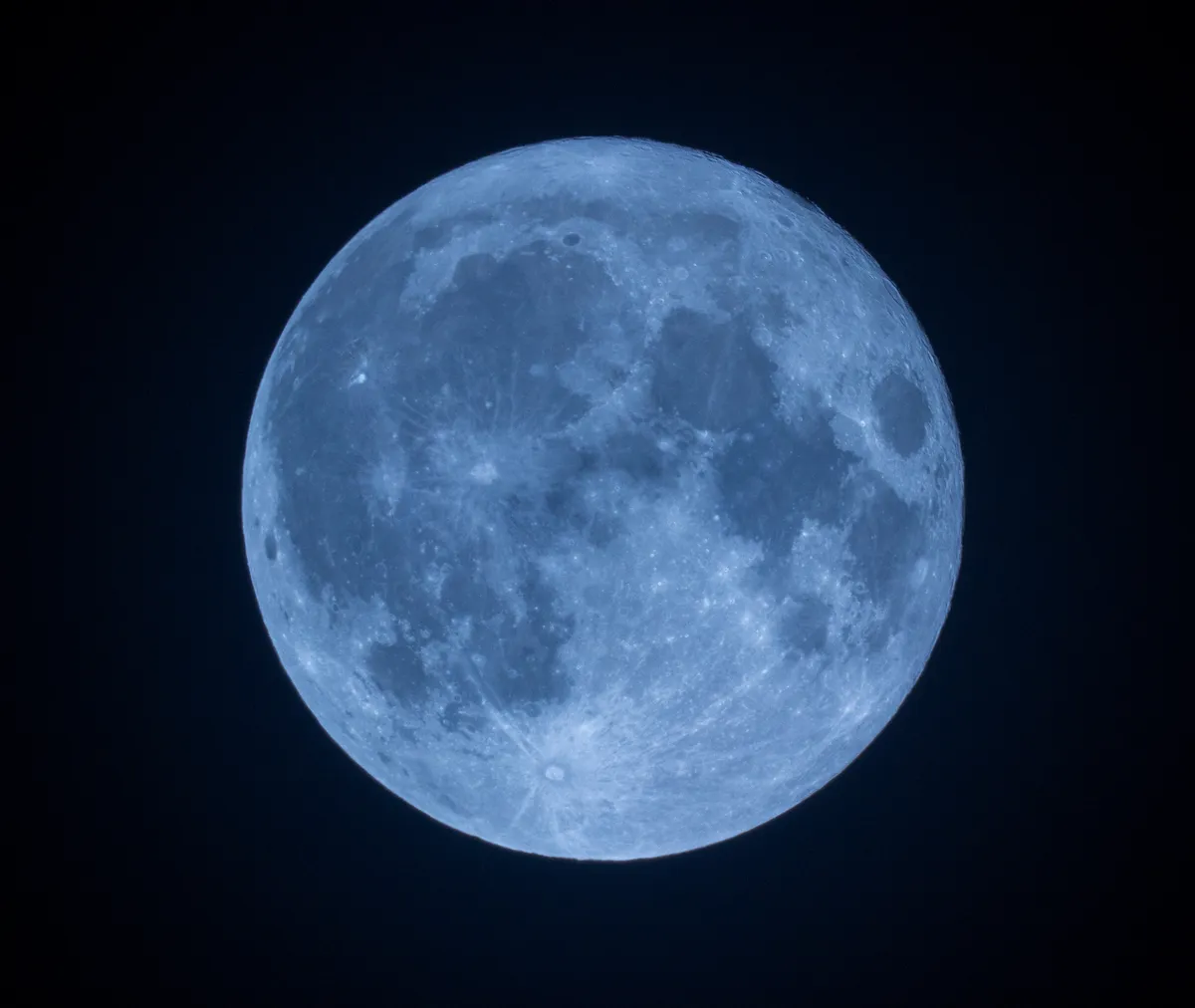
Why blue Moons happen
Our modern calendar is rooted in astronomy.
A day is based on the rotation of the Earth on its axis, a year comes from the time it takes Earth to orbit the Sun, and a month is based on the revolution of the Moon around Earth.
And this is where the term arises.
Typically, we see 12 full Moons a year, one on average falling neatly into each calendar month.
But the two calendars don’t precisely match up. A calendar year contains around 11 days more than the number of days in 12 lunar cycles, so eventually the difference makes itself known.
It’s then that we get two full Moons within a calendar month, and this has led to the informal meaning: a blue Moon is the second full Moon in a month.
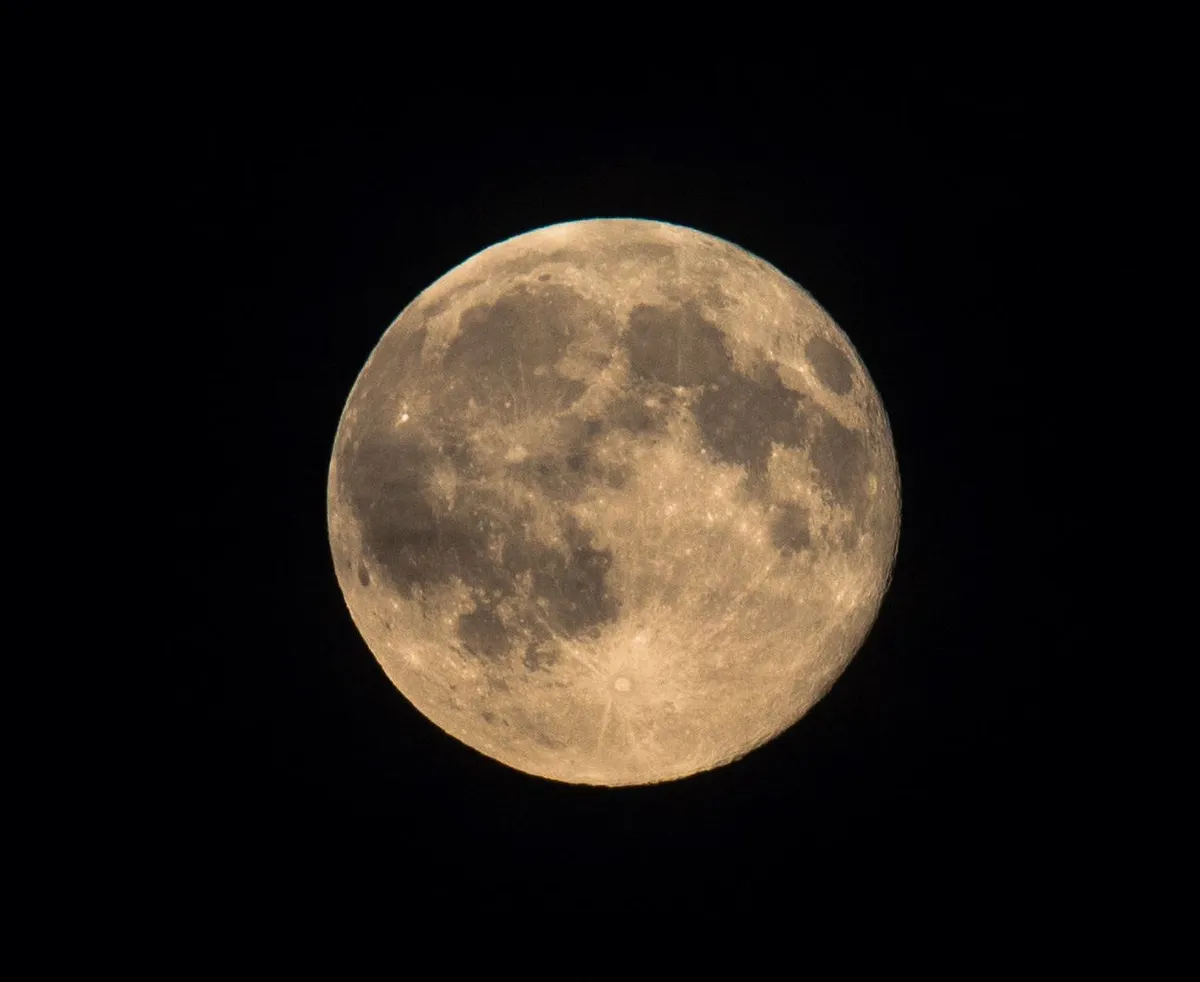
Monthly blue Moon vs seasonal blue Moon
The definition of a blue Moon as the second full Moon in a month is what's known as a monthly blue Moon.
You might think this definition dates back centuries, but it’s actually startlingly modern: a 1946 edition of Sky & Telescope magazine.
Writing for the magazine, James Hugh Pruett misinterpreted dates in old copies of the Maine Farmer’s Almanac periodical.
This astronomically incorrect definition is now arguably the most widely-used understanding of a the term.
But the older, more traditional meaning is a seasonal blue Moon and is specific to the astronomical season.
And what is an astronomical season? It means the seasons are marked by the equinoxes and solstices, going from spring equinox to summer solstice to autumn equinox and winter solstice.
An astronomical season is between a solstice and an equinox.
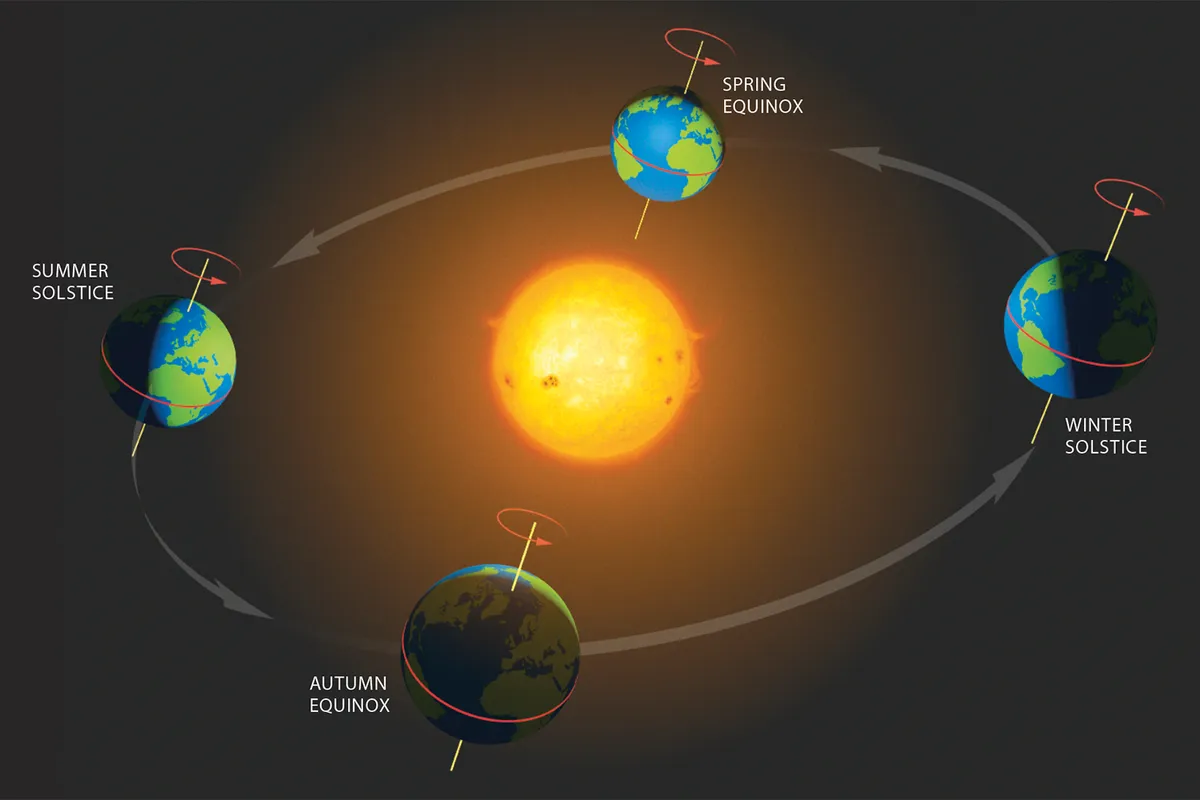
In the northern hemisphere, summer solstice (around 20–22 June) denotes the start of astronomical summer.
It's followed three months later by the autumn equinox (around 21–23 September), the beginning of astronomical autumn.
Within that time, commonly we would see three full Moons.
The original Maine Farmers’ Almanac definition says a blue Moon is the third full Moon in a quarterly season of four full Moons.
So the difference between a monthly and a seasonal one is this.
A monthly blue Moon is the second full Moon in a month with two full Moons, but a seasonal blue Moon is the third full Moon in an astronomical season containing four full Moons.

How often does a blue Moon occur?
Like many idioms, 'once in a blue Moon' is not especially accurate. Blue Moons occur relatively frequently, every 2–3 years.
Going by the term meaning the second full Moon in a month, there was one blue Moon in 2015, there were two in 2018 (in January and March; February had no full Moon) and one in 2020 which, as it fell on 31 October, was predictably named a Halloween blue Moon.
The next seasonal blue Moon will occur on 19 August 2024 and the next monthy one occurs on 31 May 2026.
A blue Moon isn't blue
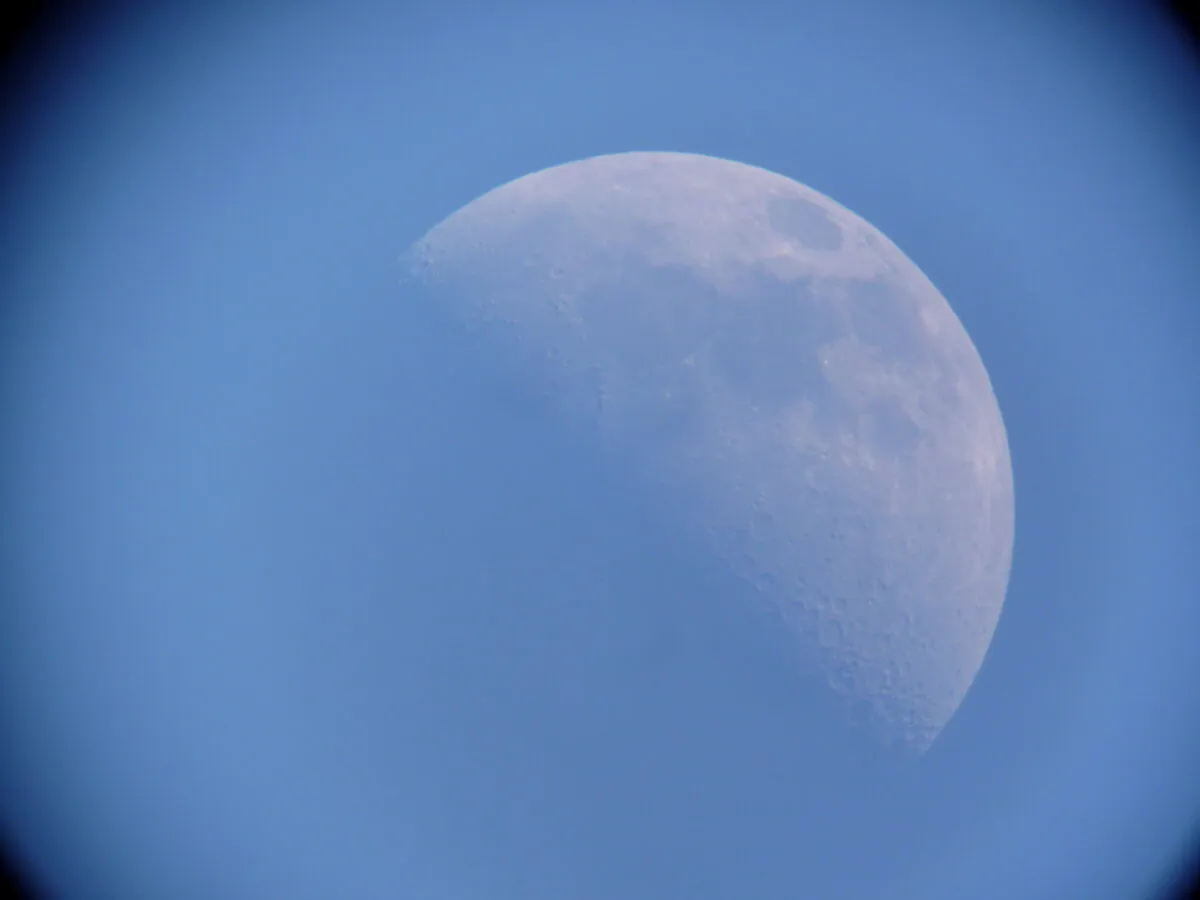
Many people may think this barely needs pointing out, a blue Moon is not usually blue and the term does not refer to the colour of the Moon.
The appearance of the Moon will be no more or less affected by atmospheric conditions than it is in any other month.
And there is no truth in the myth of a green Moon, despite what you may have read online.
So a Moon could be white, yellow, grey, or possibly orange and reddish (such as during a lunar eclipse).
You may have heard about the recent study that found the Moon is rusting, but this isn't why it appears orange or red.
This comes down to the light that the Moon reflects passing through our atmosphere as it travels towards us on Earth.
Depending on the size and density of those dust particles, the light we see will appear to vary in colour.
But it is highly unlikely to look blue as the necessary atmospheric conditions are rare.
The day the Moon turned blue

The Moon did turn blue at least once, that we know of.
The eruption of Krakatoa, Indonesia in 1883, which killed 60,000 people, was one such occasion.
The devastating explosion threw up plumes of smoke and dust, including particles 1 micron wide, a size that efficiently blocks red light but allowed blue light through.
As a result, the Moon at night appeared bluish for several years after the eruption.
Apart from such rare occurrences, the Moon is only likely to look blue in a photo where the photographer has used a colour filter or added the tinge in processing.
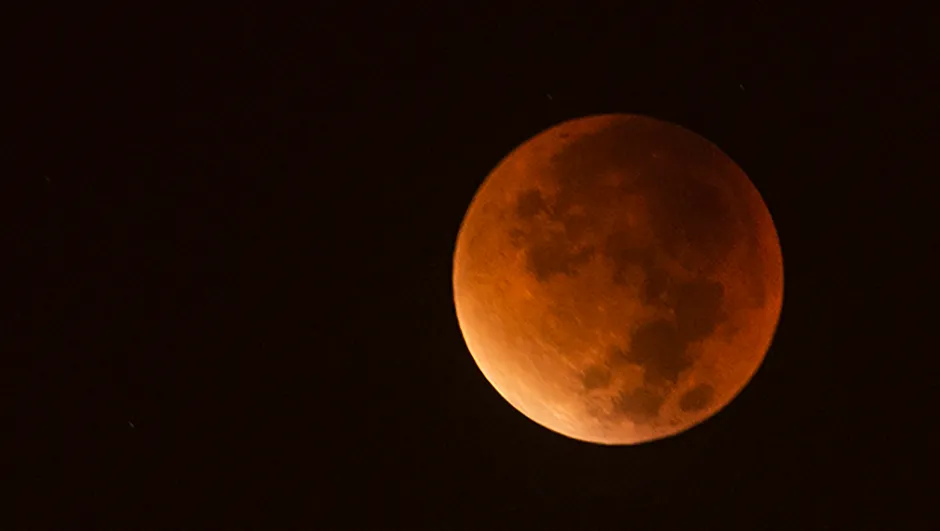
Where does the term come from?
The English language is bulging with phrases and sayings based in our ancient connections to the seasons, the land and the sky.
But, despite its common usage, the roots of 'once in a blue Moon' – linking the unusual extra Moon and blueness – are not clear.
One early mention is in a 1528 pamphlet.
It describes untrustworthy Roman clergy as “wiley foxes” who will say “the Moon is blue” (“the mone is blewe”): that is, will expect people to believe any absurd lie.

Scroll forward to journalist Pierce Egan’s 1821 bawdy bestseller Life in London, and 'blue Moon' had come to denote ‘unusual’ and ‘rare’:
“Their attention was at this moment attracted by the appearance of two persons dressed in the extreme of fashion, who, upon meeting just by them, caught eagerly hold of each other’s hand, and they overheard the following—’Why, Bill, how am you, my hearty?—where have you beentrotting your galloper?—what is you arter?—how’s Harry and Ben?—haven’t seen you this blue moon.’”
Which term do you use? Do you look forward to the appearance of a large full Moon? If you have any thoughts on the terminology or even want to send us your observations and images, get in touch via contactus@skyatnightmagazine.com
